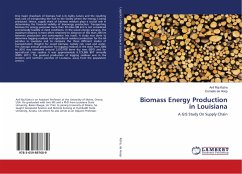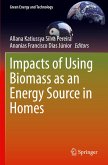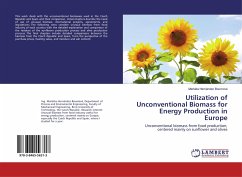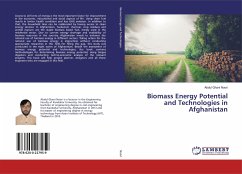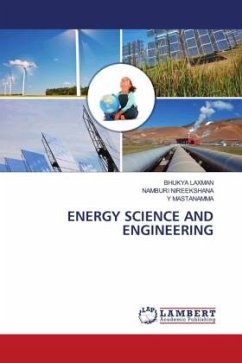One major drawback of biomass fuel is its bulky nature and the resulting high cost of transporting the fuel to the facility where the energy is being produced. Hence, supply chain of biomass residues plays a crucial role in determining the financial viability of bioenergy production. Transporting biomass for energy purposes more than 50 miles (80 km) is not considered economically feasible in most conditions. In the wood energy scenario, the maximum distance is more often restricted to distances of less than 200 km between production and consumption (via road). A study was done to determine logging residues and agricultural residues production for the 64 parishes in Louisiana and to compare the three different modes of transportation (freight) for wood biomass, namely rail, road and water. The average annual production for logging residues in the state from 2000 to 2010 was estimated around 3,073,978 bone dry tons (BDT) and for agricultural crop residue it was approximately 6,773,985 BDT annually (2005- 2011). The greatest production of logging residues was in the western and northern parishes of Louisiana, away from the population centers.

